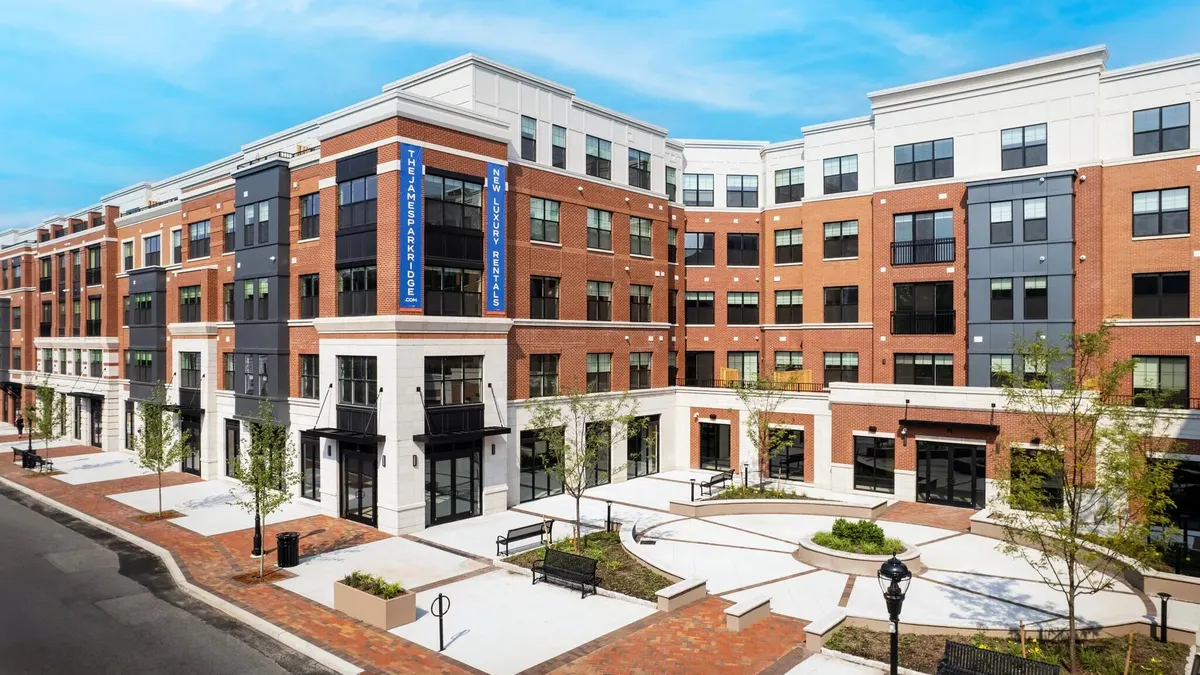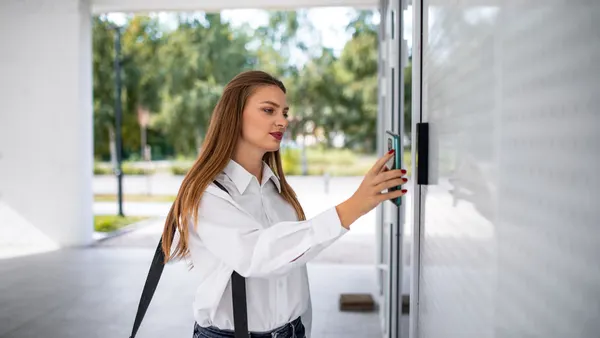Dive Brief:
- While digital payments are now the most common way for tenants to pay rent, four in 10 renters still pay via check or money order, according to a survey of multifamily professionals from San Diego-based property management automation company Zego.
- The median cost of receiving a paper check is $1 to $2 across all businesses, according to the 2022 Association for Financial Professionals Payment Costs Survey, This does not include the time and labor employees spend on processing paper checks, which could include physical delivery to a bank.
- Based on this information, a 10% increase in digital payments across a portfolio of 1,000 apartment units could result in savings of thousands of dollars per year for the property owner, according to Zego’s report.
Dive Insight:
Automated Clearing House payments, or direct electronic fund transfers between banks and credit unions, are the top choice for digital payments, making up 64.8% of transactions among renters at properties in Zego’s client base. A smaller share — 22.4% — use debit and credit cards to make rent payments.
The median cost range for ACH payment fees is $0.26 to $0.50 per transaction, according to the AFP. The Zego report suggests that one reason electronic payments aren’t more popular is transaction fees imposed on renters.
When asked about tech features they would find useful, an overwhelming majority of renters — 84.2% — said they wanted to be able to pay rent online without incurring a service fee, according to a report by SatisFacts. On the other hand, paying rent online with a service fee was deemed the least useful tech feature at a property in the same survey.
In a sample of multifamily portfolios with 1,000 to 5,000 units, companies that absorbed ACH processing fees for residents saw an average digital payment utilization rate of 84.71%, while companies that passed the fees to residents had a 47% utilization rate, according to Zego data.
When paper checks do come in, adopting digital processing methods can blunt the costs and time associated with them, such as an in-house check-scanning system, according to the report. This would allow property staff to deposit checks without needing to physically bring them to the bank.
Incentives and flex payments
Zego’s report includes tips for incentivizing digital payments by making the process easier, such as by providing automated email reminders or absorbing transaction fees. It’s also important, the report says, to ensure renters are aware of all their payment options.
“Whether your company is new to digital payments or not, you should create and implement an awareness plan to drive online payments,” the report says. “This not only keeps your preferred payment options top of mind for renters, but it also gives your on-site teams a roadmap for getting a high percentage of digital payments.”
In a time when many renters are struggling with housing affordability, some providers have also adopted services that allow renters to make flexible payments. These can include in-house programs where renters can pay in installments, or third parties that pay a resident’s rent on the first of the month, then receive payment back from renters over time.
Flexible payment solutions are designed to address the imbalance between all the payments residents have to make on the first of the month, which include utilities, car loans and insurance. However, landlords need to be aware of the risk that “buy now, pay later” services could encourage residents to take on more expenses than they can afford and exacerbate money troubles.











